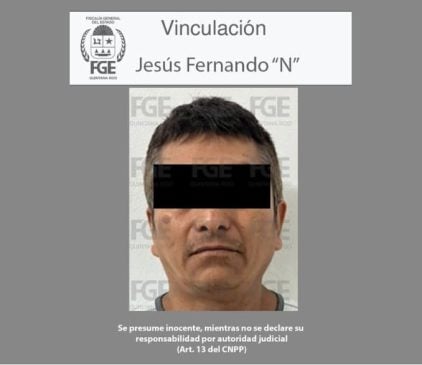Othón P. Blanco, Q.R. — Two platforms whose facades are richly decorated with reliefs modeled in stucco have been discovered in the Archaeological Zone of Dzibanché.
New clues about the power of the Kaanu’l, a powerful dynasty that conquered and ruled numerous lordships, have been found. The discovery was possible thanks to the research and conservation actions carried out by the federal Ministry of Culture at this Quintana Roo heritage site.
The pair of platforms, explains the head of Promeza in Dzibanché, Sandra Balanzario Granados, correspond to two substructures, located to the west of Ball Game II of the pre-Hispanic settlement.
Although, according to the archaeologist assigned to the INAH Quintana Roo Center, there were indications of the substructures from previous field seasons, the Promeza allowed the scope of the explorations in Dzibanché to be expanded and, to date, three scenes of stuccoed reliefs to be identified: two on the first platform and one on the second.
The first scene shows two guardians who surround a pedestal on which, in pre-Hispanic times that incorporates glyphs alluding to a ruler of the Kaanu’l dynasty.
In the second, there are images of individuals who, according to the epigraphist and independent contributor to Promeza in Dzibanché, Alexander Tokovinine, allude to ancestors. The third scene shows a set of mythological animals associated with constellations.
“A feature shared by all three scenes is the representation of intertwined snakes, which indicates that we are looking at images with which the rulers of Dzibanché sought to reaffirm their ancestry or lineage. Let us also remember that in pre-Hispanic Mayan societies, the hierarchs were seen as representatives of the gods on Earth,” he said.
“It was a powerful dynasty and in Dzibanché there are numerous buildings, offerings and other elements that tell us about their beliefs and military exploits,” says the researcher.
The temporality of the discovered platforms and, therefore, of the stuccoed reliefs, has been established toward the Early Classic period (500-600 AD), which coincides with the rise of the Mayan city.
Currently, the team working at Dzibanché, made up of 98 people, six specialists in archaeology, restoration, architecture, physical anthropology and administration, and 92 assistants, pays special attention to the reliefs, whose dimensions, on average, are 3 meters long by 1.6 meters high.
The restoration task, which began in December 2023, will continue until the end of December 2024.


